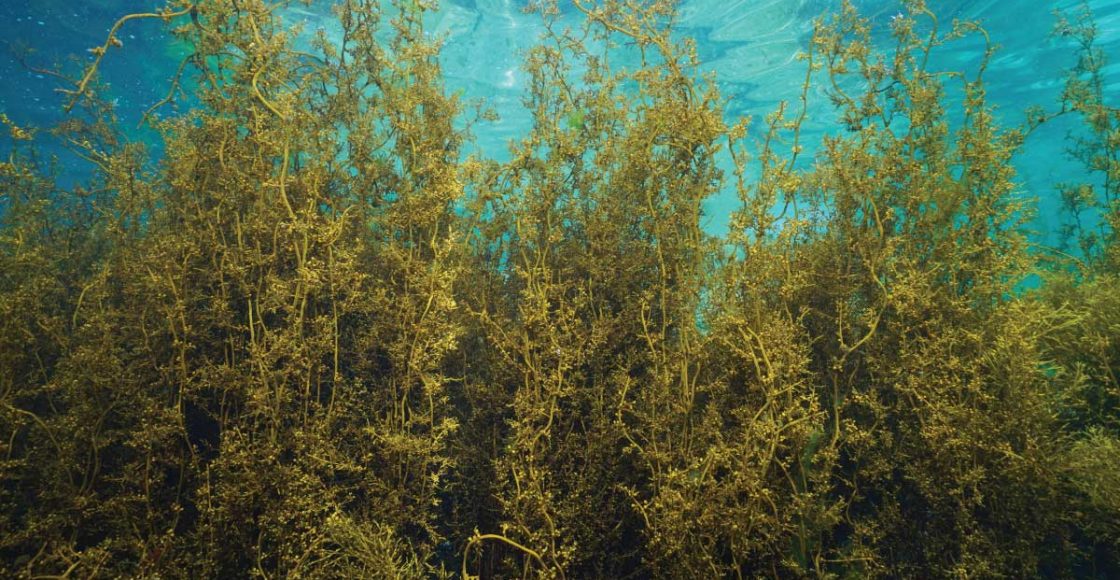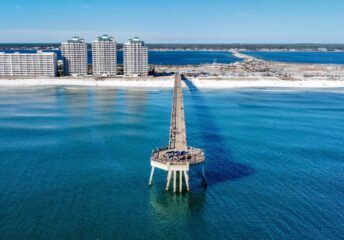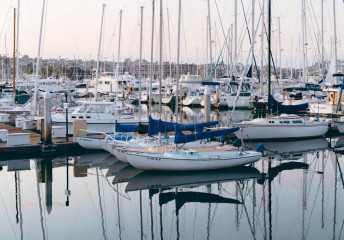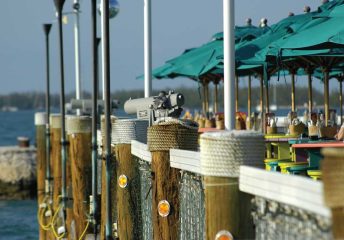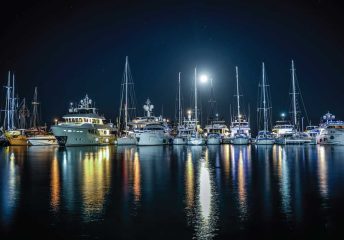Clean, Drain, Dry: How to Stop the Spread of Aquatic Invasive Species
Last Updated on September 27, 2022 by Boatsetter Team
Being a good boater means minding your wake. You can’t mind your wake without understanding or building your awareness of the best boating practices. This post is on how to stop a threat to boating and boaters: The spread of Aquatic Invasive Species (AIS).
- What are invasive species?
- Preventing the spread of invasive species
- Making a difference
Read the entire post to catch additional Pro Boatsetter Tips.
What are invasive species?
Aquatic invasive species (AIS) are plants and animals transported from their habitat and deposited in a foreign body of water.
This can happen in various ways, but how it happens in the boating world is AIS gets in the water trapped inside of a boat or by simply clinging to surfaces and “hitchhiking.”
Although you may think fish can go in any water, this isn’t the case. Each body of water is unique, with its own carefully balanced ecosystem. Introducing a new fish species, or otherwise, can have a destructive effect when the invader takes residence in its new home.
Here are some of the ways aquatic invasive species can cause lasting or permanent damage:
- Starve off native species
- Harm to human health
- New diseases that destroy local species
- Impact your waterfront property value
- Endanger wetlands wildlife
- Damage to boats, engines, and equipment
One well-known AIS is the zebra mussels in the Great Lakes, which filter algae and plankton from the water and impact the food chain. They also clog off water intakes and coat underwater surfaces, reducing a boat’s efficiency and increasing fuel usage.
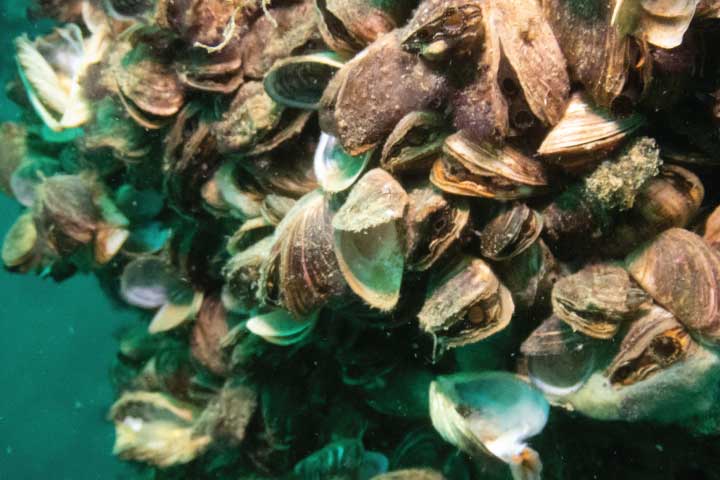
Another destructive invader is the Mitten Crab. Burrowed into dikes and levees, which damage and weaken the structures, this furry-fisted crab also damages crops and clogs off commercial water systems. Here’s a quick Pro Boatsetter Tip. Look out for these AIS:
- Hydrilla
- Spiny Water Fleas
- Water Hyacinth
- Sea Lamprey
- Nutria
Preventing the Spread of Invasive Species
Invasive species are often spread by way of international cargo ships. Ships’ ballast systems can suck up small larvae, eggs, and seeds as well as full-grown life, transporting them to foreign waters. The aquarium and water garden trades have also been identified as sources of invasive species.
While corporations should be accountable for this, the Clean, Drain, Dry initiative was created to provide recreational boaters with an effective and easy method for decreasing their own impact on the environment.
These steps of Clean, Drain, Dry are easy to remember and follow:
- Clean – Clean the boat, trailer, and any personal gear before leaving the ramp or parking lot.
- Drain – Drain any standing water by emptying the bilge, live wells, ballast tanks, and even engines.
- Dry – Completely air and sun dry the boat to eliminate unwanted guests.
While most boaters clean their vessels after hauling them from the water, more can be done to increase the safety and success of Clean, Drain, Dry.
Pro Boatsetter Tip: Apply the same steps when relaunching a boat if you’re lake hopping.

For the best results, boats and gear should be washed with high-pressure, 120-degree, or higher-temperature water. Attention to detail is also important to ensure animals and plants don’t cling to trailer surfaces or hide in props.
These simple steps give us a real way to help prevent the spread of aquatic invasive species.
Making a Difference
Clean, Drain, Dry — a simple, effective way to help prevent the spread of Aquatic Invasive Species. Discover the best boating practices at Boating Guides & Resources!
Boatsetter is a unique boat-sharing platform that gives everyone — whether you own a boat or you’re just renting — the chance to experience life on the water. You can list a boat, book a boat, or make money as a captain.
Let your boat pay for itself. List, rent, earn — Only at Boatsetter.

Boatsetter empowers people to explore with confidence by showing them a world of possibility on the water. Rent a boat, list your boat, or become a Boatsetter captain today.
